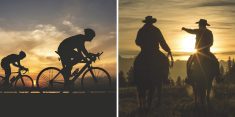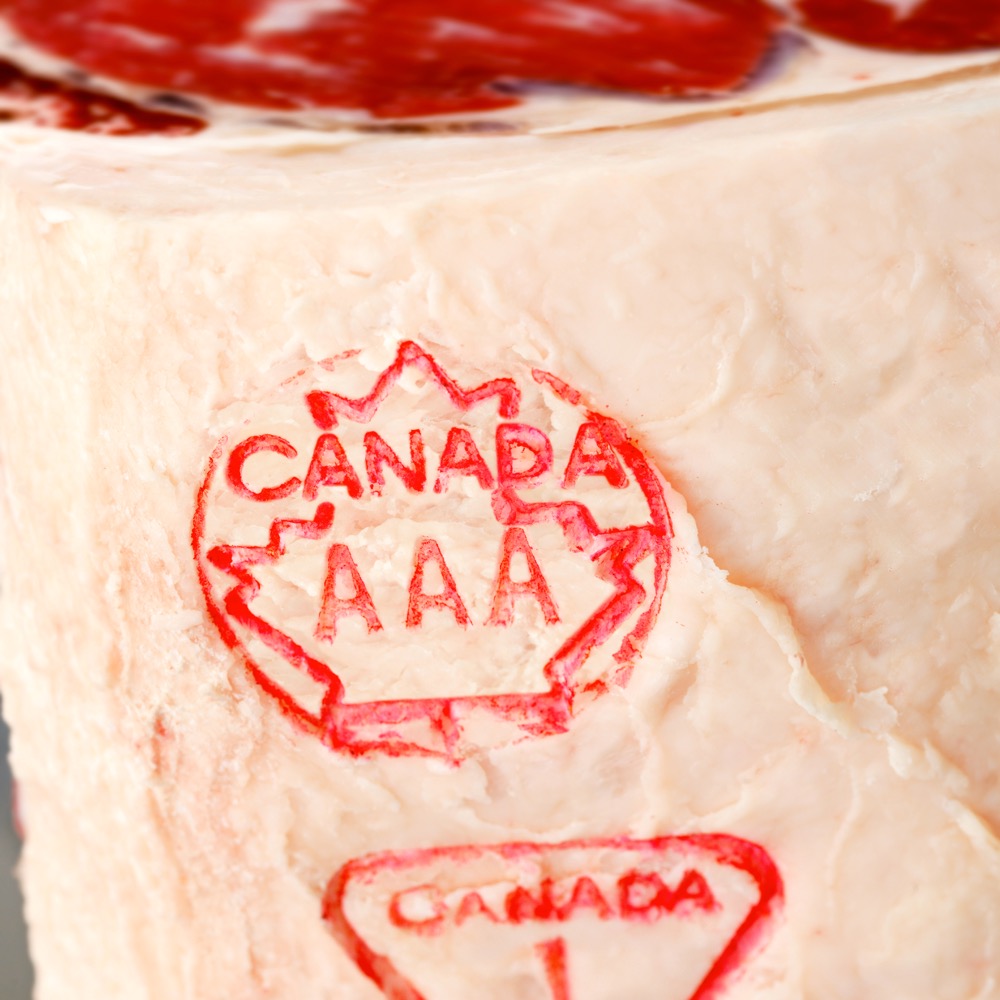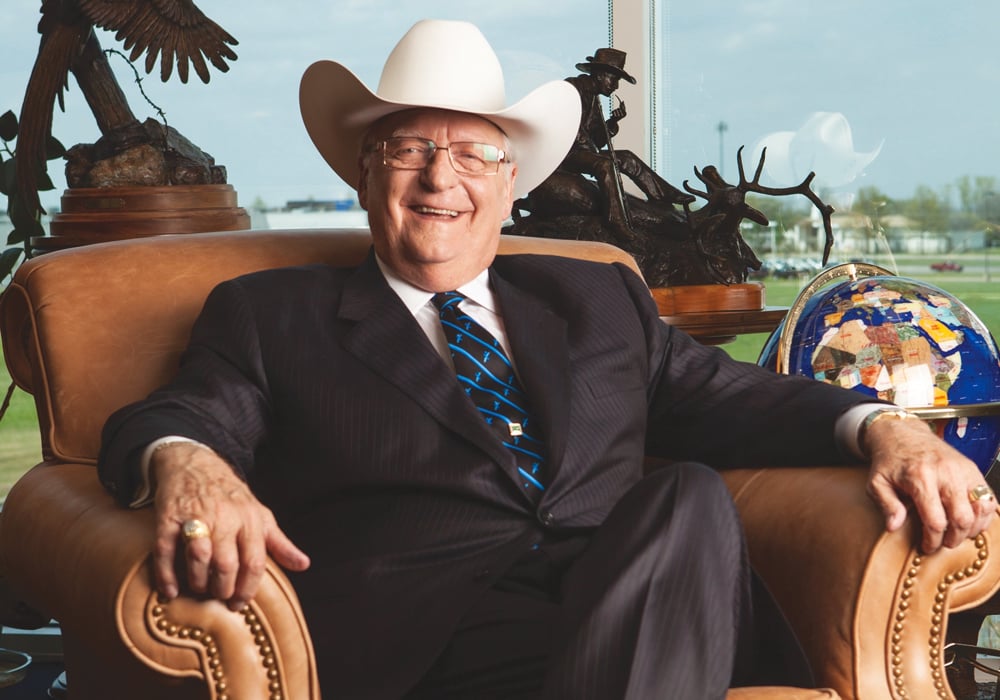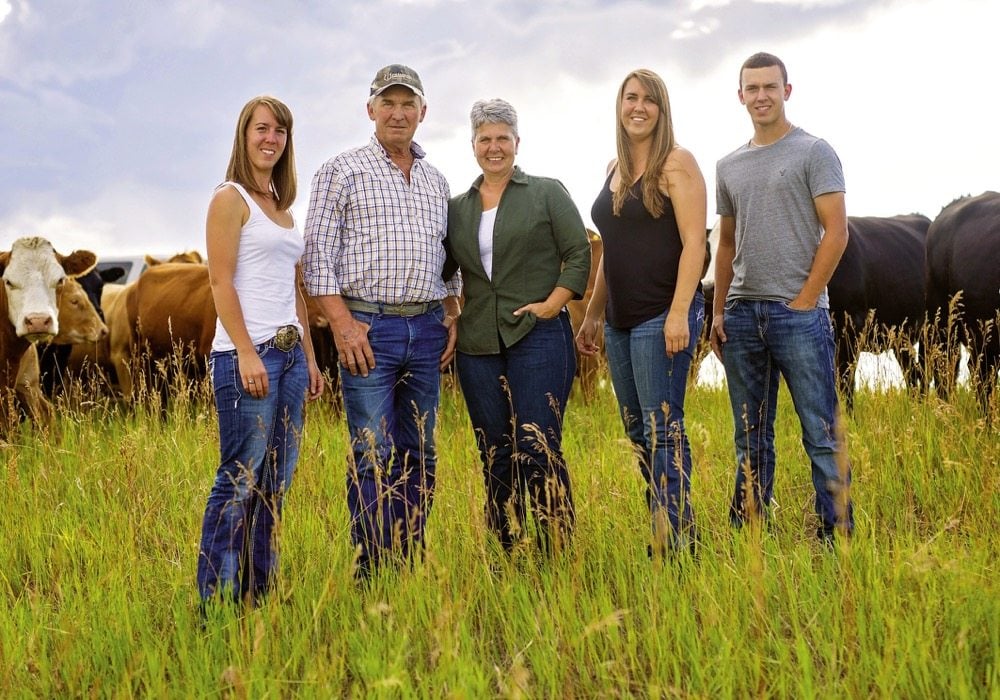Statistically, at least, it seems the long, sharp decline in Western Canada’s cattle business has stabilized. To say it’s closing the book on one of the most momentous stories in the entire history of Canadian agriculture (or for that matter, of agriculture anywhere in the world) is perhaps going too far. But it’s been an amazing turn-around, thanks to the producers who are driving it.
In case anyone needs reminding, it began with a shock when a single cow tested positive for BSE in Alberta in 2003, sending the industry into a tailspin. Borders slammed shut for live cattle exports, cattle producers were forced to either keep inventory or sell at a loss, and the number of cattle climbed to an historic high according to Statistics Canada in 2005 at 14.925 million head.
Read Also

The big squeeze: How to be fair to siblings during farm succession
Managing sibling business relationships on family farms.
Since then the industry has shed 25 per cent of that herd. The number of beef cattle operators has also shrunk. And, as in the rest of the farm sector, the average age now is just south of 60 years old.
After an agonizingly long slide down from 2005, the beef cow herd, and the industry, are stabilizing.
What has it taken to get here? How have Alberta and Saskatchewan operators adapted to make their businesses thrive? Country Guide spoke to a breed industry CEO, an integrated feedlot operator and a young couple in the cow-calf business to get a sense of the triumphs and the ongoing challenges in the industry.
Highland Feeders
Next steps for the feedlot model
Mike Kotelko and his brother Bernie have built up Highland Feeders in the last 30 years to a 36,000-head integrated feedlot operation from a mixed family farm.
Along the way, Highland has been recognized for its entrepreneurship and business savvy.
Even with those accolades, president Mike Kotelko still sees some specific challenges on the feedlot side of the beef business.
“The cow herd has flattened since BSE,” he says, “Finding a supply of feeder cattle is challenging, there’s a tight feeder cattle supply.”
So tight, in fact, that Highland has gone back to the model of its mixed farming start by having an-house cow herd to allow them to access a steady supply of cattle for the feedlot. A 7,000-head cow herd.
The herd also serves the dual purpose of supplying product that meets the specification of a branded natural beef line.
The lack of fed cattle supply, Kotelko says, is a reflection of macro-economic factors: age and demographics of farm operators, land values, grain sector strength. “That’s my read of the influencing factors.”
The in-house cow herd is modelled on the feedlot business, looking to have a higher volume and a lower cost.
Because of the mixed farming nature of central Alberta geography, Kotelko is able to graze the cows on canola and other crop residue to keep feeding costs low, as well as rotational grazing.
He estimates their capital cost of a cow (land and the cow’s value) is about one-third of the average, which he pegs at $10,000.
Highland also has leasing agreements with neighbouring First Nations communities to access their land base.
Even with the tight feeder cattle supply, Kotelko sees some real opportunities for a designer-beef program that is tailored for specific export markets like Japan and South Korea or even Europe.
Agreements like the Trans-Pacific Partnership have opened doors. The trick, he says, will be to produce the beef to the quality specifications and health protocols required by the buyer. Assuring segregation at the slaughter facility is another factor to manage. “There needs to be willingness along the value chain to make changes to protocols and processes.”
Still, Kotelko is bullish enough about the prospect, and Highland is actively pursuing these direct relationships.
Not surprisingly, finding qualified labour that will stay for the long term is also a challenge for Highland. The downturn in Alberta’s oil and gas business means access to workers is better but mandatory changes in employment standards means the operation has to absorb that cost.
And he comments that Canada tends to dilute its education resources too much: “Our industry needs skill-focused youth.”
Rob Smith
Owning the story of beef
Outgoing CEO of the Canadian Angus Association Rob Smith has seen the transformation of the western Canadian beef cattle industry from the inside out, from the bottom of the BSE trough, when he took on the job in 2007, to its broad-based recovery at the end of 2018.
Through those 11 years, Smith has seen what he calls the John Wayne-esque rugged individualism of the cattle rancher be tempered. “BSE forced the beef business to work together,” he says.
Much of that, in the beginning at least, was regulatory, where bodies like Agriculture Canada and Food inspection stepped in to make changes to assure Canada’s cattle herd is safe.
Looking back through those years, Smith at the end of 2018 was confident that one of the over-arching accomplishments that all sectors of the beef industry have achieved is transparency.
“Tracing to herd of origin is really, really powerful,” he says, adding “we haven’t yet leveraged the data to full advantage the data,” pointing to the Beef InfoXchange System (BIXS) genetic data on production, performance and carcass specifications.
While the Canadian herd is just three-quarters of its peak size in 2005, exports have been recovering steadily as markets responded to Canada’s food safety initiatives. Canada exported nearly 25 per cent of its beef production in 2017.
That transparency has allowed Canadian beef to gain a level of trust with consumers: domestically and overseas.
Evidence? In the last year McDonald’s Canada has run a pilot program with producers to certify and segregate their beef according to standards set out by the Canadian Roundtable for Sustainable Beef (CRSB).
The kicker? Producers who participated were paid a premium per head in the first six months of 2018.
While the McDonald’s pilot has ended, the company has committed to sourcing at least 30 per cent of its in-house Angus brand from CRSB beef producers who participate in the Verified Beef Production+ program. It’s a very public vote of confidence for a company that already sources 100 per cent of the beef for its hamburger patties from farms located primarily in Alberta and Saskatchewan.
Smith also observes it is a powerful marketing tool for all aspects of the industry.
“We’ve become more effective in how we tell our story,” he says, Still, he thinks there is ample opportunity to talk about Western Canada’s natural competitive advantages: grass, clean water, clean air.
Jim and Sarah Anderson
The next generation ranch
Sarah and Jim Anderson are a 30-something couple with a young family who decided in 2010 to make their living raising beef. They run Right Cross Ranch, a 400-head cow-calf operation in the southeast corner of Saskatchewan on both owned and rented land.
The couple met while studying at Lakeland College in Vermilion, Alta. Sarah grew up on a farm outside Ponoka and Jim the same, only in Kelvington, Sask. After college, Sarah pursued a degree in agriculture (majoring in animal science) from the University of Alberta.

While many young couples have the benefit of starting out on the family farm, Sarah and Jim took a different tack: they looked for their own place. Sarah said it didn’t take long for them to see their financial investment would go much further in Saskatchewan.
They settled on a property not far from the town of Kisbey that had one advantage: it had a cattle sales barn on-site, which would enable them to not only host their own purebred cattle sales, but also rent the facility out to other producers.
Buying a ranch with infrastructure to help with cash flow was one of the ways the Andersons were able to help finance their beef dream.
Having two distinct herds of cattle — a purebred Black and Red Angus herd and a commercial herd — is another.
But the young couple have innovated their two herds in another way. They run each of the two purebred and commercial herds on two calving and sales cycles: in essence, while they have a macro herd of 400, they have six micro herds.
Jim says the input costs of raising the purebred herd — investing in genetics, managing the matings and calving them out — are higher than the commercial herd. “The early purebred group is the most cash,” says Jim, “but the most work.” The reward essentially balances out the risk.
The 140-head commercial herd (red and black Angus-cross with some Simmental), with its lower input and labour costs, is the “gravy” in their operation.
There are 250 head in the group that calves in February and March — 170 purebred and 80 commercial cows. The remaining 150 head — 90 purebred and 60 commercial — calve in May and June. That herd, understandably, takes less labour to look after.
The first injection of cash flow comes from early commercial that are pre-priced (using TEAM, The Electronic Auction Market) in August for delivery and payment in October. Sarah says this early sale also smooths out the price fluctuations that calves see throughout the fall run. Early calves, those lighter in weight, often get a higher price.
The later commercial calves are sold in November, during the traditional fall sales run or backgrounded to get some additional weight on them before being sold.
And then, they have two purebred sales: the first in December and another in April. “We knew we needed different avenues of cash flow,” Sarah says of their decision to buy a farm with the sales barn, but also their micro-herd strategy and staggered selling.
While $70,000 a quarter is just a fraction of the value of land in Alberta, Sarah says her parents
(who also farm) have helped with the security piece of their finances to get set up. And as her parents are nearing retirement age, she is aware that they want their own farm to pay its own way.
Like many other young couples, Jim has an off-farm job. He is an agent in southern Saskatchewan for TEAM. Jim also had a small herd of quality purebred Angus females before they got married, which they used as the seedstock for their bigger herd.
Sarah says Jim’s off-farm job is good fit for their business model. They’ve been able to meet like-minded “really cool” people in the business and also advertise their purebred bulls and sale barn through word-of-mouth.
Sarah says there are several high-profile Hereford breeders in the area that have used their sales barn. “We’ve had cattle sell for huge money through our barn,” Sarah says, giving them something to aim for with their own sale.
The ranch has a Facebook page and a website to market its product. Sarah says they highlight the wholesomeness of their operation and take care that their message highlights their image and brand.
They have also learned to strategically invest in their operation. The first was buying a quality herdsire from an established Saskatchewan breeder. When the first calves arrived from the bull, Sarah realized their investment in genetics was going to pay off. “Sometimes you have to spend money to make money.” They are anticipating the first calves off his daughters the spring of 2019.
The other was taking out a loan to replace their 20-foot stock trailer with a 32-foot. Stocking rates are lower in their region, so they rent about 30 quarters of grass each summer and the bigger trailer allows them to move more cattle more reliably.
Another investment the couple are considering is a 360-degree calving monitor to help with time and labour investments in the early calving herd. It’s a substantial investment, Sarah says, but one that will help manage their time and labour, reduce losses and keep their mother cows healthy.
The cows in their herd are more of a middle-of-the-road size, about 1,400 pounds, but also chosen to be easy-fleshing, with a good barrel. Sarah said that conformation allows their herd to more efficiently use marginal feed like poorer hay, straw and silage that is cheaper. But they also work with a nutritionist to make sure vitamins, minerals, energy and protein are balanced, a strategy that showcases their education.
The young couple are also considering the Verified Beef Production + program. With a young family, the constraint to this venture is time, Sarah says. But they see the advantage in enhancing the sustainability image and also accessing per-head premiums.
“We want to be credible to our customers,” she says, “we’re invested in raising sustainable beef.”















